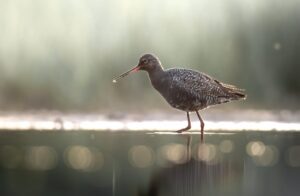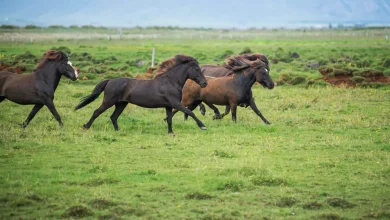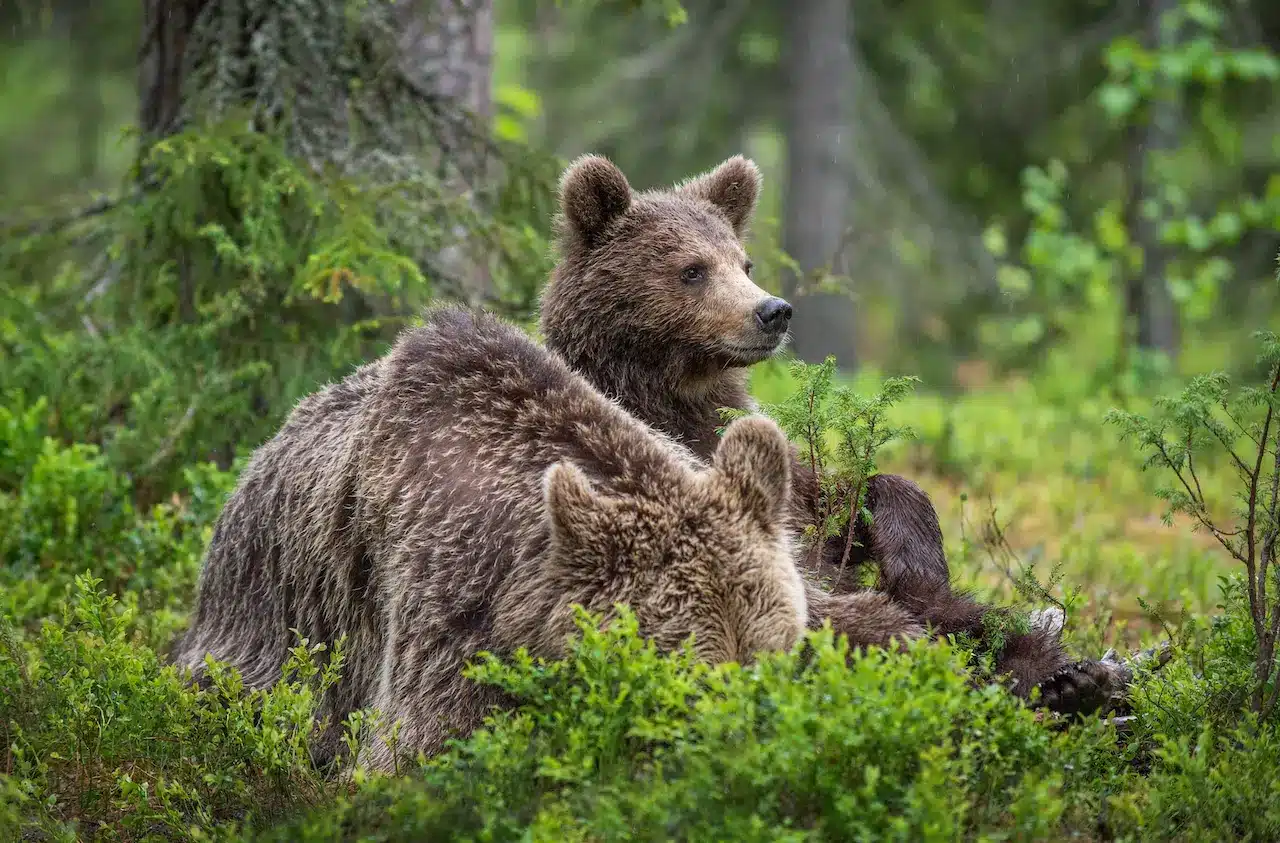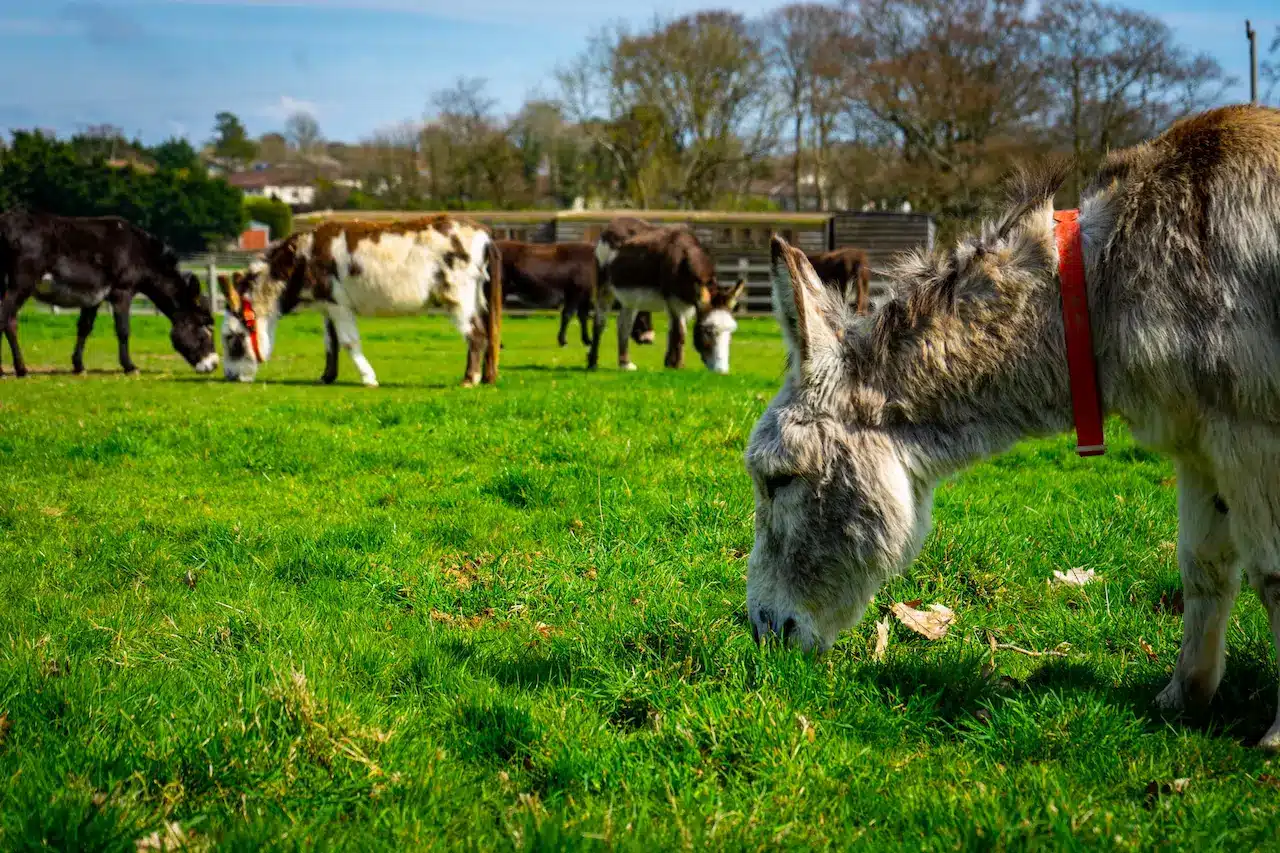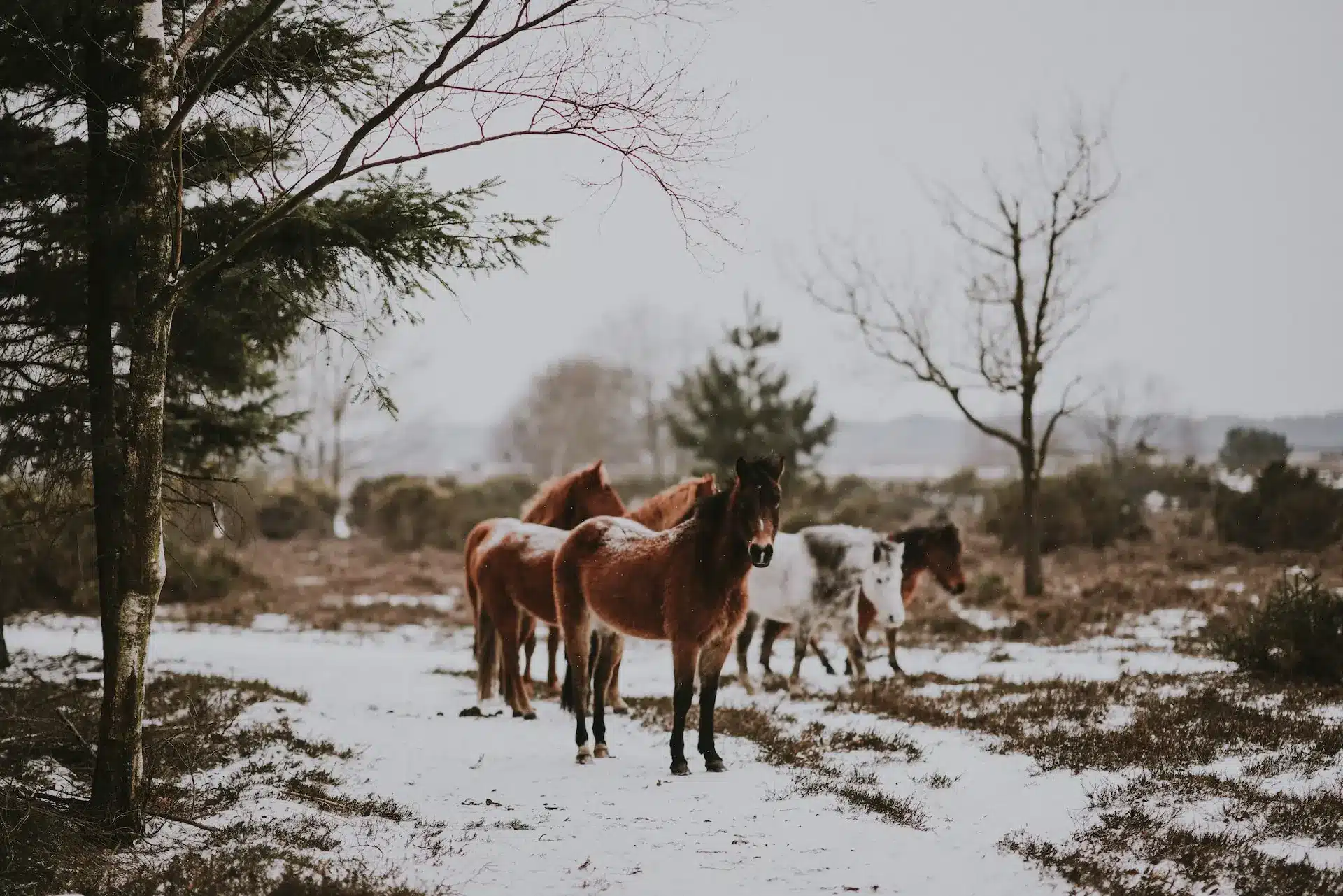Birds Of The New Forest
Birds Of The New Forest National Park UK
Are you intrigued by birds and their diverse habitats? The New Forest, a national park in England, is home to a stunning variety of bird species, from raptors to wading birds.
In this article, we will give you an in-depth look at these feathered residents, uncovering the secrets of their daily habits and favorite nesting spots.
[ez-toc]
Bird Life in the New Forest
The New Forest in England is a haven for bird enthusiasts, offering a diverse range of avian species to discover. From heathland birds to ground-nesting species and raptors, there is something for everyone.
Here, we will explore the rich bird life in the New Forest, highlighting notable species and top places for bird watching. So join us as we embark on an exciting journey into the wonderful world of birds in one of England’s most beloved national parks!
Heathland Birds
Heathland birds are a vibrant part of the New Forest’s avian population. The rare Dartford Warbler, also known as a Fuzzacker, has found a stronghold in the open heaths of this national park.
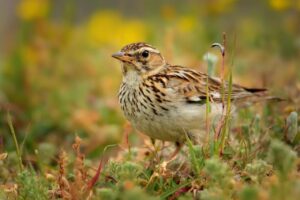
Meadow and Tree Pipits, both common heathland species, add to the diversity of this habitat with their unique songs and behaviors. This environment also supports ground-nesting bird species such as the Woodlark.
These birds rely heavily on the heathlands for feeding and breeding purposes. Thus, preserving these habitats is crucial for sustaining such unique bird populations within England’s renowned national park.
It’s a site worth visiting for any ornithology enthusiast or nature lover seeking to witness some of Britain’s most distinctive feathered creatures in their natural surroundings.
Ground Nesting Birds
Ground-nesting birds are an important part of the bird population in the New Forest. These species rely on open ground or low vegetation to build their nests and raise their young.
Some examples of ground-nesting birds found in this national park include snipes and woodlarks. Snipes have a unique call that can be heard during their breeding season, while woodlarks are known for their beautiful song.
The New Forest provides suitable habitats for these ground-nesting birds, allowing them to thrive and contribute to the biodiversity of the area. However, it is crucial to protect these habitats from disturbances such as trampling or destruction of vegetation.
Wading Birds
Wading birds are a common sight in the New Forest, adding to its rich avian diversity. Species such as the curlew, redshank, and lapwing can be found wading through wetland areas and along rivers.
These elegant birds play an important role in the ecosystem by feeding on insects, small fish, and crustaceans. Their long legs and slender bills make them well-adapted for foraging in shallow waters.
If you’re lucky enough to spot these graceful creatures during your visit to the New Forest, take a moment to appreciate their beauty and contribution to the park’s thriving bird population.
Forest mire birds
Forest mire birds are an important part of the avian species found in the New Forest. These birds thrive in wetland areas, marshes, and boggy habitats within the forest. They include a variety of species, such as snipe and curlew.
The New Forest provides a crucial habitat for these ground-nesting bird species, some of which are rare in the UK. With its diverse range of ecosystems, the forest offers ideal conditions for these birds to breed and raise their young.
The presence of forest mire birds adds to the overall ecological diversity and richness of birdlife in this national park.
Raptors
The New Forest is home to a variety of raptors, including the buzzard and hobby. These majestic birds of prey can often be spotted soaring overhead, scanning the landscape for their next meal.
With its diverse range of habitats, the forest provides an ideal hunting ground for these hunters. The buzzard is particularly abundant in the area and can be seen perched on tree branches or gliding effortlessly through the sky.
The hobby, on the other hand, is a migratory species that visit during the summer months to feed on insects and small birds. Keep your eyes peeled while exploring the New Forest, as you might just catch a glimpse of these impressive raptors in action.
Notable Birds in the New Forest
The New Forest is home to a variety of notable bird species, including the Buzzard, Dartford Warbler, Woodlark, Great Grey Shrike, Hawfinch, Hobby, Lesser Spotted Woodpecker, Nightjar and Short-eared Owl.
Buzzard
The Buzzard is one of the notable bird species found in the New Forest. It is a medium-sized raptor with a wingspan of around 1.2 to 1.4 meters. These birds are known for their broad, rounded wings and short tails.
The Buzzard is a common sight in the forest, often seen soaring high above the treetops, searching for prey on the ground below. They feed on small mammals like mice and voles, as well as birds and carrion.
With their distinctive mewing call, they add to the natural soundscape of the New Forest.
Dartford Warbler
The Dartford Warbler, also known as a Fuzzacker, is a rare bird species that has found a stronghold in the New Forest. This small bird can be found on the open heaths of the National Park.
With its distinctive reddish-brown plumage and long tail, it is easily recognizable. The Dartford Warbler is resident in the area and can be seen all year round, making it a special sight for birdwatchers visiting the New Forest.
Woodlark
Woodlark is one of the special bird species found in the New Forest. This small songbird is known for its melodious and fluting song, which can often be heard during the breeding season.
Woodlarks prefer open heathland habitats with scattered trees and shrubs, where they forage for insects on the ground. They are well-adapted to this habitat, using their short wings to perform aerial displays and their cryptic plumage to blend in with their surroundings.
With its declining population due to loss of suitable habitat, spotting a woodlark in the New Forest is a true privilege.
Great Grey Shrike
The Great Grey Shrike is a notable bird species found in the New Forest. It is known for its striking appearance and unique hunting behavior. This predatory songbird has a distinctive gray plumage with black wings, making it easily recognizable.
The Great Grey Shrike feeds primarily on small mammals, insects, and birds, which it impales onto thorns or barbed wire fences as a way of storing its food. This behavior has earned it the nickname “butcher bird.” Despite its name, the Great Grey Shrike is not commonly seen in the UK and is considered a rare visitor to the New Forest.
Its presence adds to the rich diversity of avian species found in this national park.
Hawfinch
The Hawfinch is another notable bird species found in the New Forest. With its distinctive large bill, this bird is often referred to as “the bulldog of the bird world.” The New Forest provides an ideal habitat for these elusive birds, as they thrive in woodlands and orchards.
Although they can be difficult to spot due to their shy nature, lucky birders may catch a glimpse of them feeding on cherry stones or seeds from hornbeam trees. The Hawfinch adds to the diversity of avian species that call the New Forest home, making it a must-visit location for any avid birder.
Hobby
The Hobby is another notable bird species found in the New Forest. These small, agile falcons are known for their impressive hunting skills and acrobatic flight. They have a distinctive appearance with sleek bodies, long wings, and a hooked beak.
Hobbies feed primarily on insects, catching them while in mid-air during swift aerial pursuits. With their remarkable speed and maneuverability, they can catch prey such as dragonflies, beetles, and even small birds.
As summer visitors to the New Forest, Hobbies can be spotted darting through the skies or perched high up on tree branches. Their presence adds to the avian diversity of this unique national park in England.
Lesser Spotted Woodpecker
The Lesser Spotted Woodpecker is one of the notable bird species that can be found in the New Forest. This small woodpecker is known for its distinctive black and white plumage, with a red crown on the male.
It prefers to inhabit mature deciduous woodlands, where it feeds on insects by pecking at tree bark. The New Forest provides an ideal habitat for this species, offering plenty of trees and food sources.
However, the Lesser Spotted Woodpecker is becoming increasingly rare in the UK, making it a special sighting for birdwatchers in the area. Its presence in the New Forest highlights the importance of preserving and protecting this unique ecosystem for future generations to enjoy.
Nightjar
The nightjar is a fascinating bird species that can be found in the New Forest. These nocturnal creatures are known for their distinctive churring calls, which are often heard during the summer months.
Nightjars have cryptic plumage, making them well-camouflaged against tree bark or leaf litter. They are primarily insectivorous and use their wide mouths to catch flying insects on the wing.
During the day, nightjars roost on the ground where they blend seamlessly into their surroundings. The New Forest provides an ideal habitat for these birds, with its mix of heathland and woodland areas offering plenty of food and cover.
Nightjars undertake long-distance migrations from sub-Saharan Africa to breed in the UK each year. They are one of our latest arrivals, typically arriving towards the end of April or early May.
The breeding season for nightjars is relatively short, lasting only a few months before they start their return journey back south. Despite being somewhat elusive due to their nocturnal habits and excellent camouflage abilities, it’s still possible to spot nightjars in areas like Beaulieu Heath and Linwood Arboretum within the New Forest.
Did you know that male nightjars perform an impressive aerial display known as “reading” during courtship? This involves flying low over treetops while making a distinctive booming sound with its wings! It’s truly a unique experience to witness these birds in action during their time in the New Forest.
Short-eared Owl
The Short-eared Owl is another notable bird species that can be found in the New Forest. These owls are known for their distinctive short ear tufts and yellow eyes. They have a broad distribution, being found across Europe, Asia, North America, and even parts of South America.
In the New Forest, they can often be seen hunting over heathland areas where they prey on small mammals like voles and mice. With their mottled brown plumage, they blend perfectly into their surroundings and can be difficult to spot during the day.
However, they are more active at dawn and dusk when they can be seen flying low over the ground in search of food. The Short-eared Owl adds to the diverse avian population of the New Forest with its unique appearance and hunting behavior.
Conservation Efforts and How to Help New Forest Birds
To ensure the protection and well-being of the avian population in the New Forest, it is crucial to support local conservation organizations, report any sightings of rare or endangered bird species, and actively participate in efforts aimed at safeguarding their habitats.
Protection of habitats
The New Forest is home to a diverse range of bird habitats, which need protection to ensure the survival of various species. Some key measures that can help protect these habitats include:
- Preserving heathland areas: The New Forest has extensive heathlands that support a variety of bird species, such as the Meadow and Tree Pipit. Protecting these heathlands from development and encroachment is essential.
- Conserving wetland areas: Wading birds like the curlew and redshank rely on wetland habitats for breeding and foraging. Measures should be taken to safeguard these wetlands from pollution and habitat destruction.
- Safeguarding woodland habitat: Woodland areas in the New Forest provide important nesting sites for birds like the woodlark. Maintaining healthy woodland ecosystems by preventing excessive logging or deforestation is crucial for their survival.
- Managing grazing practices: Grazing animals play an important role in maintaining open spaces within the forest, which benefit ground-nesting bird species. Appropriate grazing management should be implemented to prevent overgrazing or trampling of nests.
- Controlling invasive species: Invasive plant species can negatively impact bird habitats by outcompeting native vegetation. Regular monitoring and control measures should be undertaken to prevent the spread of invasive plants.
- Promoting sustainable land use practices: Encouraging sustainable farming practices and responsible land management within the New Forest can help minimize negative impacts on bird habitats.
- Educating visitors about conservation: Raising awareness among visitors about the importance of protecting bird habitats can help reduce disturbance and ensure that they act responsibly while enjoying the natural beauty of the New Forest.
Reporting Sightings
If you spot any interesting bird sightings in the New Forest, it is important to report them. The information you provide can help researchers and conservationists better understand the avian species in the area and take necessary actions for their protection. Here are some ways you can report your bird sightings:
- Use online platforms: There are various websites and apps dedicated to birdwatching where you can log your sightings. These platforms often have databases that collect valuable data for scientific research.
- Join local birdwatching groups: By joining local birdwatching groups or societies, you can share your observations with other enthusiasts who may have valuable insights or knowledge about the birds in the New Forest.
- Contact conservation organizations: Reach out to conservation organizations active in the New Forest and inform them about your sightings. They will be interested in hearing about any rare or endangered species that you come across.
- Participate in citizen science projects: Citizen science initiatives often collect data from volunteers like yourself. By participating in these projects, you contribute directly to scientific research and conservation efforts.
Supporting Local Conservation Organizations
Supporting local conservation organizations is crucial for preserving the birdlife in the New Forest. By contributing to these organizations, you are helping to protect and restore habitats for birds. You can support local conservation organizations by:
- Donating funds to support their conservation efforts.
- Participating in volunteer activities, such as habitat restoration projects or bird monitoring programs.
- Spreading awareness about the importance of bird conservation in the New Forest through social media or community events.
- Encouraging others to get involved and support local conservation efforts.
- Joining birdwatching groups and guided tours organized by these organizations to learn more about the birds and their habitats.
Also Read: New Forest Wildlife
Conclusion
Birds Of The New Forest: National Park in England is a haven for bird enthusiasts. From the rare Dartford Warbler to the majestic Buzzard, this national park offers a diverse range of bird species to admire.
So grab your binoculars and head to the top bird-watching spots in the New Forest for an unforgettable avian adventure.

